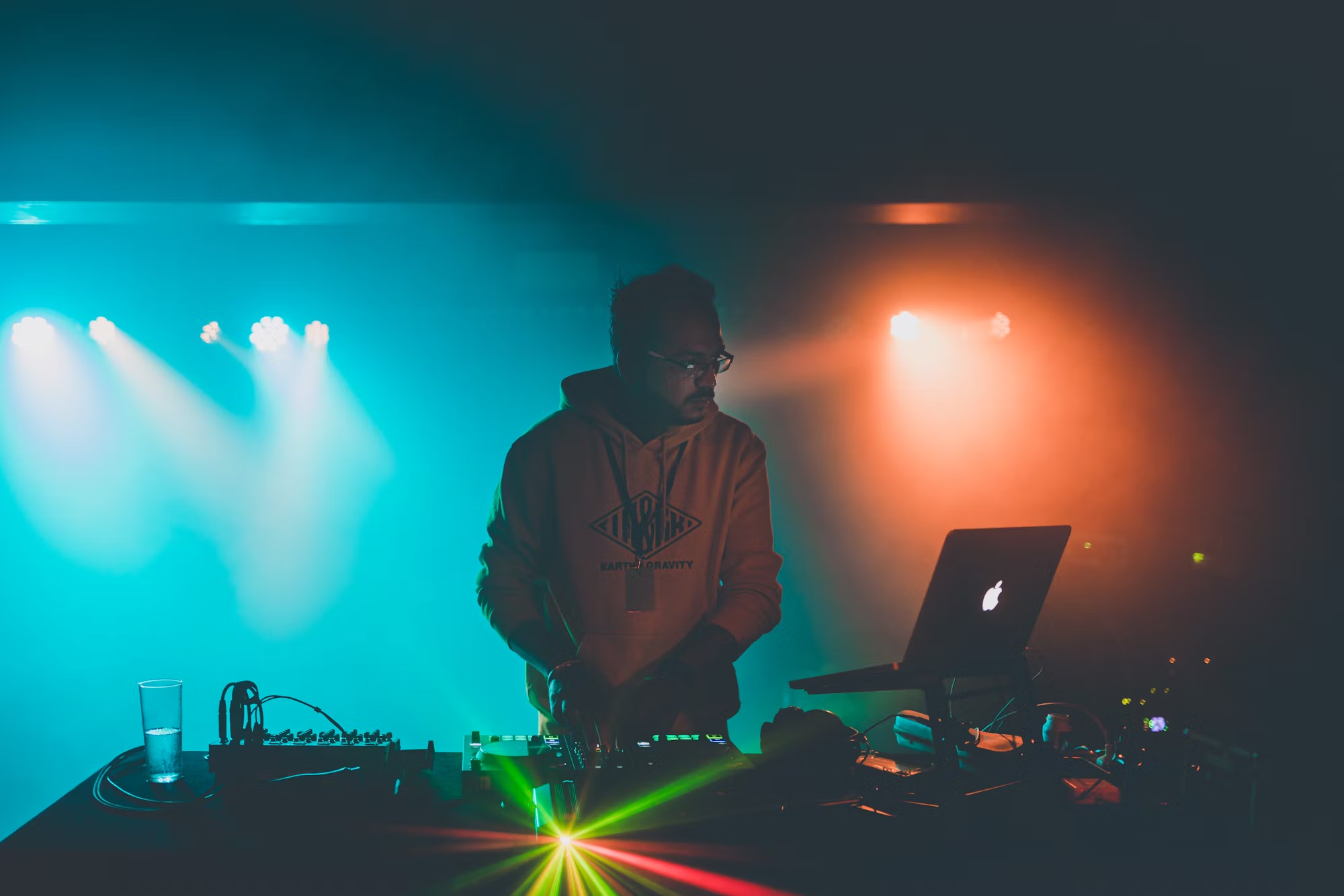The Cultural Impact of Hip Hop: A Journey Through Time
Hip hop, a dynamic and multifaceted cultural movement, emerged in the 1970s in the South Bronx of New York City. Initially born as a response to social and economic struggles, hip hop has grown into a global phenomenon that influences music, fashion, art, and social activism. This article delves into the origins of hip hop, its major movements, iconic artists, and the profound impact it has had on culture and society.
The roots of hip hop can be traced back to block parties held in the Bronx, where DJs would mix records, creating a unique sound that combined elements of funk, soul, and disco. DJs like Kool Herc, Grandmaster Flash, and Afrika Bambaataa were pioneers, using innovative techniques such as breakbeats and scratching to enhance the musical experience. Kool Herc’s legendary parties were instrumental in laying the foundation for hip hop culture, bringing communities together through music and dance.
As hip hop began to flourish, MCs (or rappers) emerged, using their lyrical skills to engage audiences. Early rap music often focused on party themes and social commentary, reflecting the realities of life in urban neighborhoods. One of the first commercially successful hip hop songs, “Rapper’s Delight” by The Sugarhill Gang, released in 1979, introduced the genre to a broader audience, marking a significant moment in hip hop history.
The 1980s saw hip hop gaining mainstream popularity, with artists like Run-D.M.C. and LL Cool J leading the charge. Run-D.M.C.’s fusion of rock and rap, exemplified in their collaboration with Aerosmith on “Walk This Way,” showcased the genre’s versatility and appeal. Meanwhile, LL Cool J’s charisma and storytelling ability made him a household name, paving the way for future generations of artists. The emergence of music videos during this era, particularly on MTV, further propelled hip hop into the spotlight, allowing artists to showcase their creativity and style visually.
The late 1980s and early 1990s marked a transformative period for hip hop, as it began to diversify into various subgenres. Gangsta rap emerged as a powerful voice for marginalized communities, with artists like N.W.A. and Tupac Shakur addressing issues of violence, systemic racism, and poverty. N.W.A.’s groundbreaking album “Straight Outta Compton” not only challenged societal norms but also ignited conversations about the realities of urban life. Tupac, with his poetic lyrics and magnetic persona, became a cultural icon, advocating for social change while expressing the struggles of his community.
In contrast, the East Coast-West Coast rivalry defined much of the hip hop landscape during the 1990s. Artists from both coasts, such as The Notorious B.I.G. from New York and Dr. Dre from California, contributed to the genre’s evolution, leading to a rich tapestry of sounds and styles. The rivalry culminated in tragic events, including the untimely deaths of Tupac and Biggie, which left an indelible mark on hip hop culture and sparked conversations about violence in the music industry.
As the millennium approached, hip hop continued to evolve, embracing new sounds and styles. The rise of Southern hip hop, with artists like OutKast and Lil Wayne, brought a fresh perspective to the genre. OutKast’s genre-blending album “Speakerboxxx/The Love Below” showcased their innovative approach, earning critical acclaim and commercial success. Lil Wayne, with his distinctive voice and prolific output, became a dominant force in hip hop, influencing a new generation of artists.
The 2000s also saw the advent of digital technology, which transformed how music was produced, distributed, and consumed. Platforms like MySpace and later, social media, allowed independent artists to gain visibility and connect directly with fans. This democratization of the music industry opened doors for diverse voices and perspectives, leading to a resurgence of authenticity in hip hop.
Artists like Kendrick Lamar and J. Cole emerged during this era, using their platforms to address social issues and inspire change. Kendrick’s critically acclaimed album “To Pimp a Butterfly” delves into themes of identity, race, and resilience, earning him recognition as one of hip hop’s most important voices. J. Cole’s introspective lyrics and commitment to authenticity resonate with fans, solidifying his place in the genre’s evolution.
Today, hip hop continues to be a driving force in music and culture, with its influence permeating various aspects of society. From fashion trends to language and social movements, hip hop has reshaped cultural norms and created a sense of community among diverse groups. The genre’s ability to address pressing issues, such as social justice and inequality, highlights its role as a powerful tool for advocacy and change.
Moreover, hip hop has increasingly become a global phenomenon, with artists from around the world incorporating its elements into their music. From Afrobeat-infused hip hop in Nigeria to K-pop collaborations, the genre transcends borders, creating a rich tapestry of sounds and styles. This global exchange enriches the hip hop landscape, fostering cross-cultural connections and collaborations.
In conclusion, the cultural impact of hip hop is profound and far-reaching. From its humble beginnings in the Bronx to its status as a global cultural movement, hip hop has continually evolved while remaining rooted in its core values of expression, community, and resilience. As we look to the future, the genre will undoubtedly continue to inspire and influence, shaping the next generation of artists and activists. Hip hop’s journey is a testament to its enduring power and relevance, reminding us of the importance of voice, creativity, and social change.
